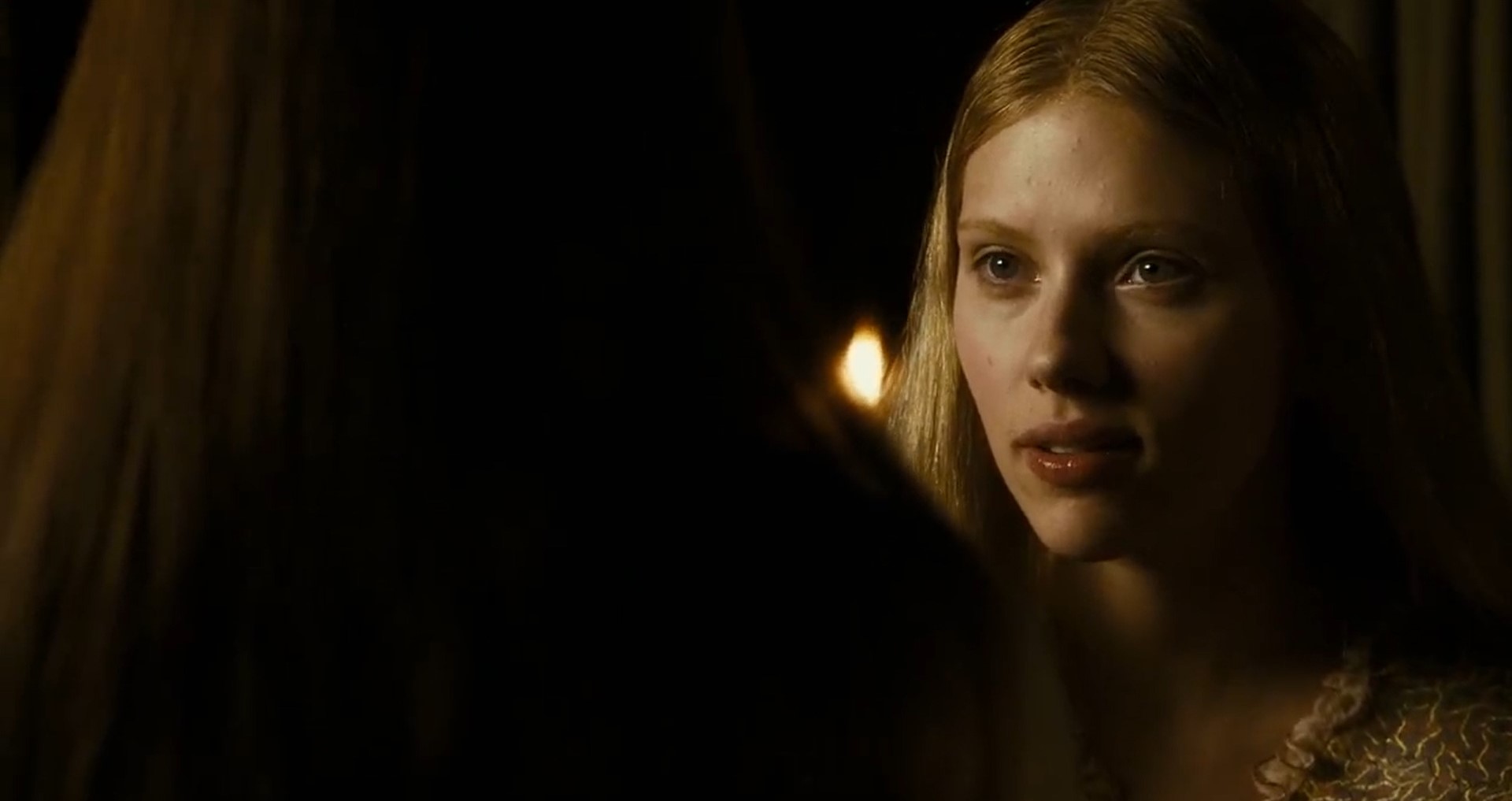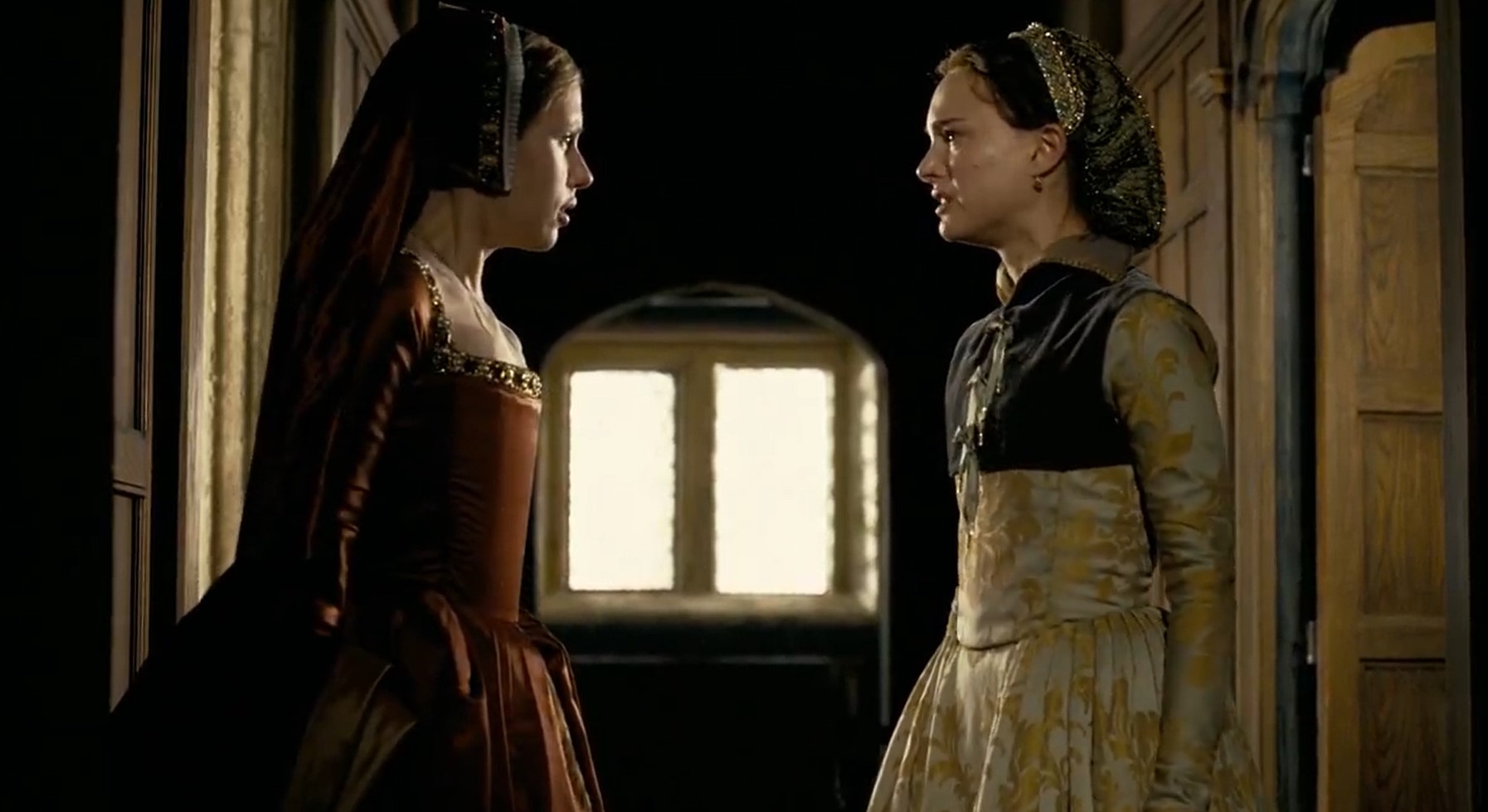Directed by Justin Chadwick, ‘The Other Boleyn Girl’ is a historical romantic drama film that tries at the tale of Henry VIII and the Boleyn family in late 1400s England. The film revolves around the two Boleyn Sisters — Anne and Mary — and their involvement in the socio-political environment of England’s royal court. It possesses some refined sentiments around the position of women and their role in noble society as it is defined by their romantic and sexual relations — all the while maintaining an engaging approach to the narrative.
Apart from the compelling performances by the talented cast, the 2008 film also received acclaim for its aesthetically impressive costumes and set designs. What starts as the Boleyn family’s ambitious scheme of using their eldest daughter Anne as a tool to seduce the King of England in order to secure their place in high society turns into an extensive family drama full of betrayals, affairs, and indictments. Due to the historic nature of the setting, and the significant impact that the storyline is suggested to have had on the radical reformation of England from the catholic church, it’s only natural to wonder whether the story has any actual truth to it. Let’s find out!
The Other Boleyn Girl: Inspired by History, Shaped by Fiction
‘The Other Boleyn Girl’ is not based on a true story but centers upon a few historical events featuring real-life people from the 16th century. Based on the eponymous novel by Phillippa Gregory, it is a fictionalized tale inspired by real-life historical figures, adapted for the screen by Peter Morgan. Though the 2008 film has its roots in the real-life English court of King Henry VIII, much of the storyline strays far from its real-life counterpart. In the movie, Mary Boleyn, the implied “Other Boleyn Girl,” is shown to be a naive, timid girl with not much appetite for the courts, instead preferring life in the countryside to them.

Her gullible nature, of course, is done to show a stark contrast between her and her older sister, Anne, and sets her apart from the power-hungry ambitions of the rest of the characters. Narratively, Mary is the character foil to Anne; while the latter is time and time again punished for her ambitions, Mary is rewarded for her passivity. The real Mary Boleyn, as it turns out, couldn’t be further from this rendition. Widely recognized as the older sister of the two — unlike in the movie — Mary is often historically alleged to be a sexually adventurous woman.
In the movie, Mary is shown to strongly resist the idea of becoming the King’s mistress at first; but as per reports, Mary Boleyn had allegedly already had a royal affair with the King of France before ever setting foot in the English court. Similarly, it’s hard to say any feelings of love outside of the physical sort were shared between her and the King because even though she mothered two of Henry’s children, as alleged in ‘The Life and Death of Anne Boleyn’ by Eric Ives, Henry never officially acknowledged them, even as he had a previous history of acknowledging his children born out of adultery and wedlock.
One of the things that the movie did get right, however, is the King’s anxiety over leaving the throne without a male heir. King Henry VIII never had a son with his wife, the Queen of England, and reportedly cited it as one of the reasons why he wanted his marriage with her annulled. Still, this subject never had as much weight behind it as to incite a ploy by any Duke — and even if it did, Mary and Anne’s uncle, Duke Thomas Howard, would’ve been late to the game as the actual King already managed to have a son with another mistress long before either of the Boleyn sisters.
Likewise, his relationship with Anne, though an important motivator behind his desire to divorce his wife, was not the only one. Anne Boleyn is only portrayed as a manipulative self-server who cares deeply about making her way into the world through marriage. She is shown to have been sent away to France in exile when really she had been accepted there as an appreciation for her pleasant and agreeable nature. Though she was eventually executed for treason, as in the movie, she was also ultimately revered as a heroine of the English Reformation.

The movie, in the end, reduces most of its characters into classic tropes and ignores parts of them that they find hard to mold into a certain proclivity. Henry VIII is treated as a sex-obsessed, exploitative man, and his revolutionary act of separating from the catholic church is robbed of any nuance or even meager attention. Both the Boleyn sisters are treated more as analogies than characters, and the rest of the characters are seldom more than anything but devices to move the plot along.
Nevertheless, where the movie falters in historical accuracy, it still does the task that it had appointed itself to do. It’s a story about virtue and sin and strives to portray the depths of strong power imbalances and the result they end up having on people. Though the film tries to be an observation and analysis of the role and treatment of women in that time period, much of the plot is dominated instead by its fascination with the dramatic spectacle the Boleyn sisters produce.
The sister’s relationship, at first shown to be amicable and loving, is quickly colored by envy and rivalry when their father and uncle recruit them as pawns in their pursuit of status and royal favor. King Henry, with his penchant for an inability to produce sons and an even bigger inability to remain faithful to any woman, is easily beguiled first by Mary and then once he has had his fill with her, falls for Anne’s charms.
In the end, ‘The Other Boleyn Girl’ is a movie that, for its existence, relies upon a rivalry between two sisters that never actually existed in real life. Much of the setting and characters are based on real-life events and people, but their portrayal and attributes are significantly dissimilar to the actual thing. Suffice it to say, if anyone has plans to write any research papers on either of the Boleyn sisters or the King — this movie should not be their only source.
Read More: Best Historical Movies of All Time


You must be logged in to post a comment.